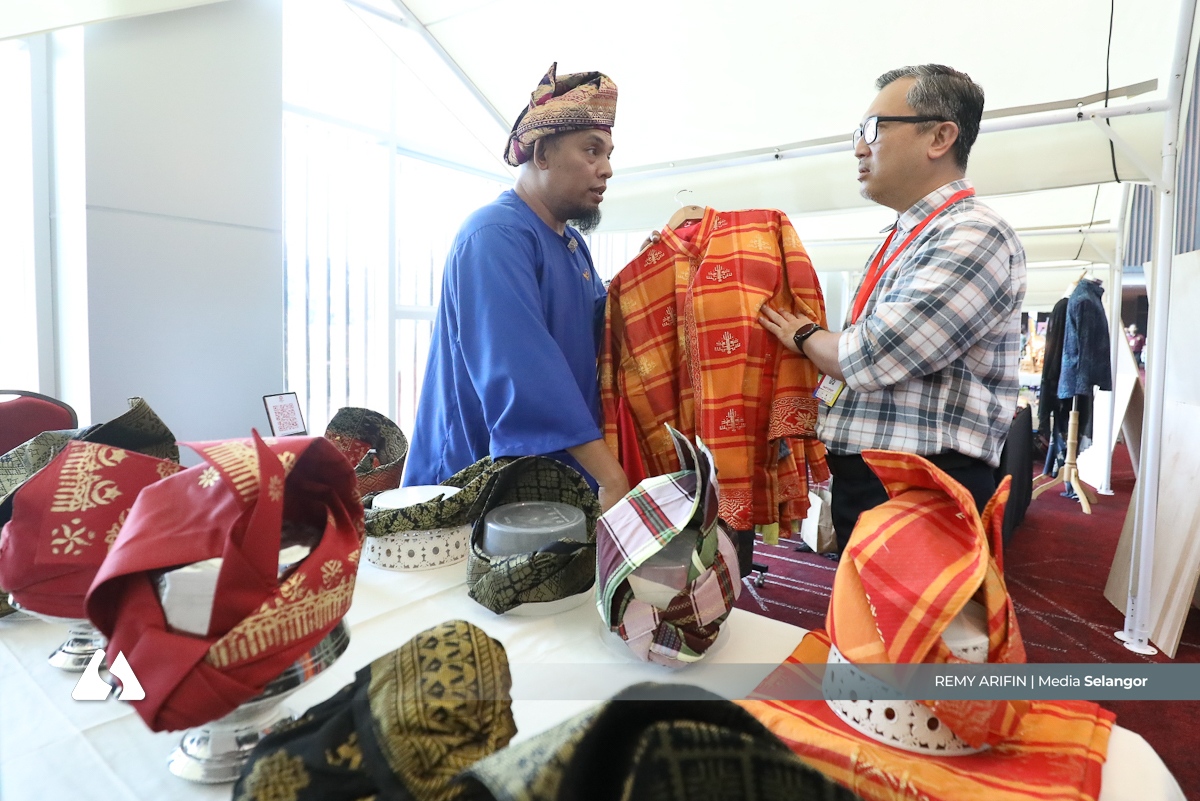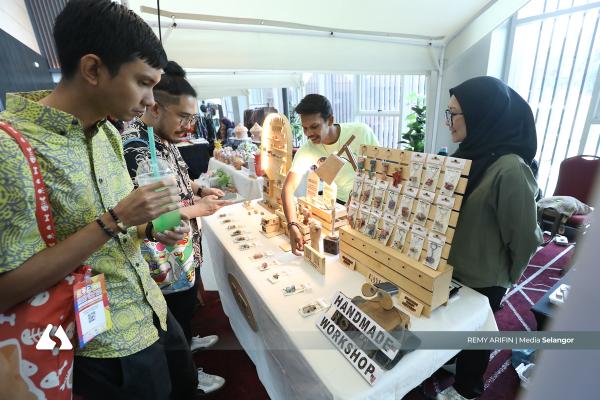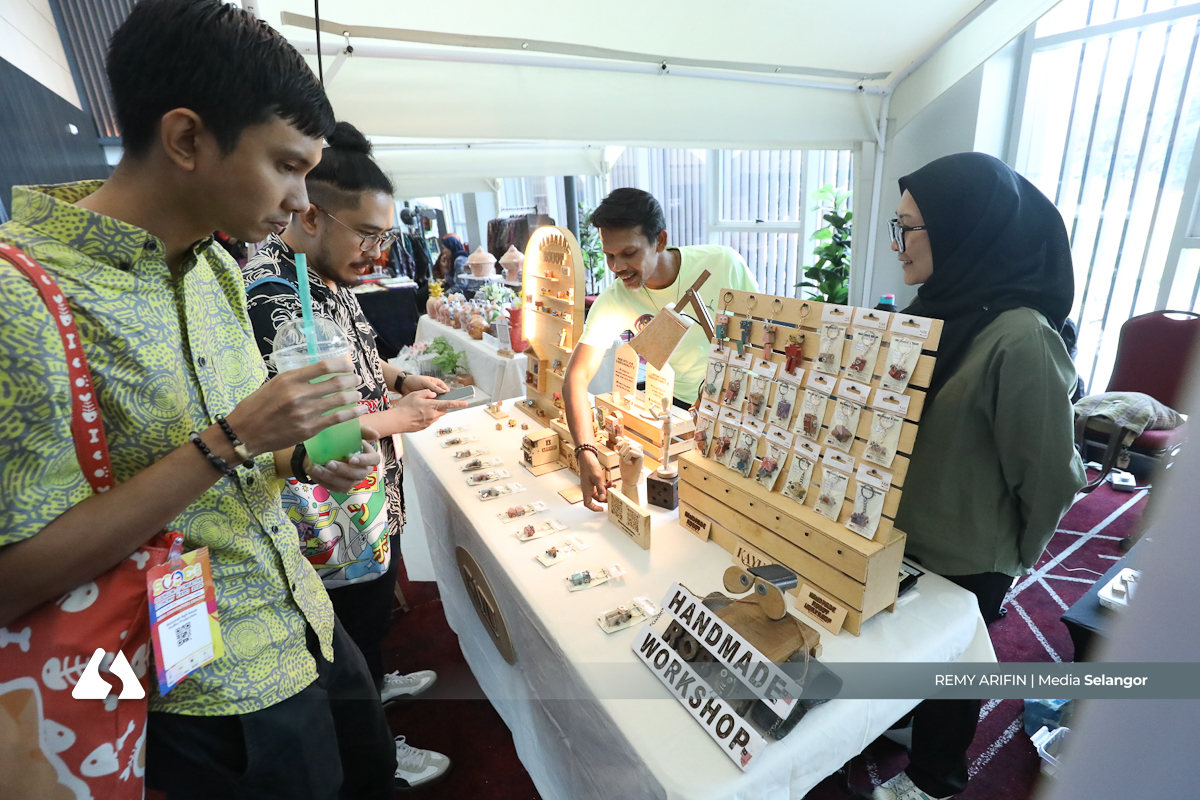SHAH ALAM, Sept 24 — Malaysia must develop a national-level intellectual property (IP) framework if its creative economy is to gain better access to financing, said an industry expert.
Research consultancy firm Erti Research Collective’s partner Ali Alasri said the biggest hurdle lies in the gap between how creators value their work and how banks assess risk, a problem rooted in the intangible nature of creative output.
“There is a question of intangibility, because if you put value on remembering someone, remembering a story, how much would it actually cost to remember to live?

“As Malaysia does not have a standard way of measuring our creative economy, we also struggle to articulate clear data to show its impact,” he said at the Unlocking Capital Forum in conjunction with the Selangor Creative Economy Expo 2025 at the Shah Alam City Council Convention Centre today.
The panel, which discussed financing means for the creative economy, also featured Bank Muamalat chief economist Mohd Afzanizam Abdul Rashid and SME Bank assistant vice-president Yushari Baharudin.
Yushari said that traditional lenders remain focused on tangible assets, guided by the “5Cs” of credit: character, capacity, capital, collateral, and conditions.
“Banks are structured to deal with tangible things or assets. If you have property, machinery, or inventory, then the risk of financing is much lower.
“But when it comes to creative products, most are treated as intangible assets, and banks, even now, are having a hard time putting a value on that,” he said.
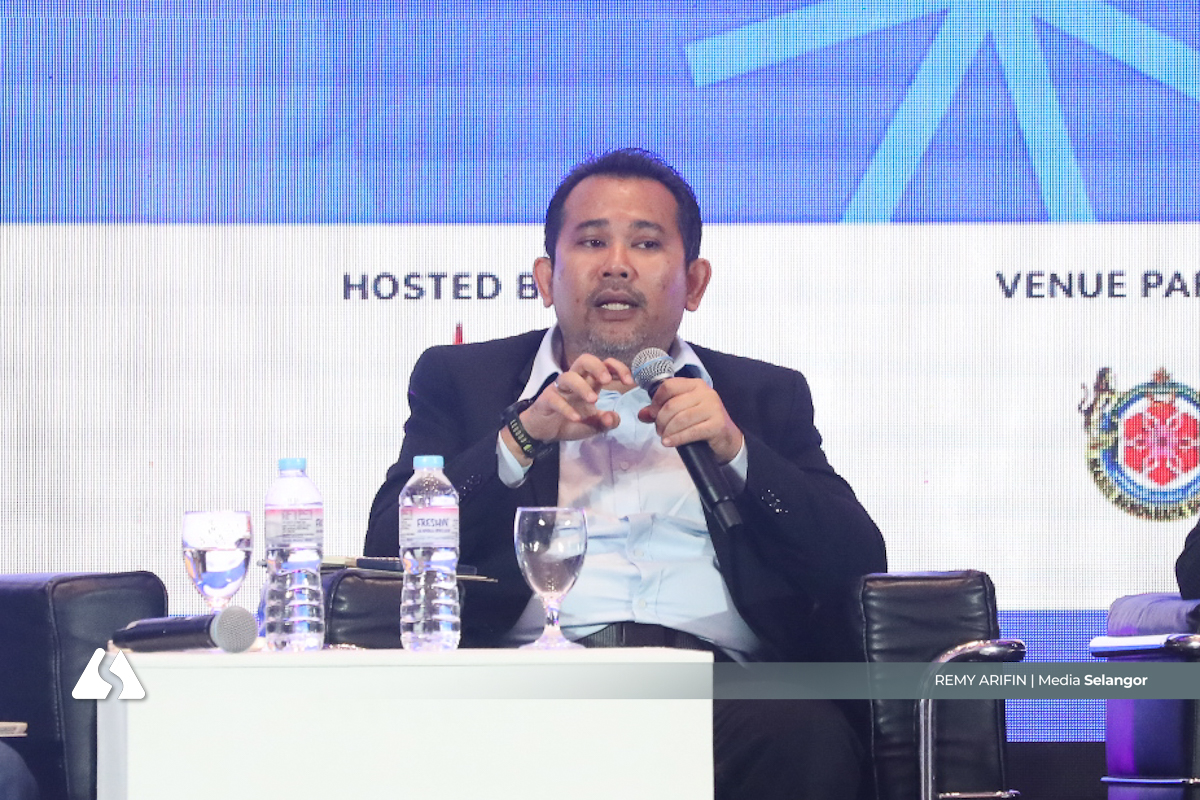
Today, creative industries remain heavily reliant on government grants to fund the various stages of content development and commercialisation, from book publishing to film production and music concerts.
Despite this, Yushari urged creators to take steps to make themselves more “bankable”, starting with basic financial discipline.
“Your personal finances cannot be mixed with your business finances, which we see a lot of. Also, please register your copyrights, patents, trademarks... it brings more confidence to the banks and investors,” he said.
Meanwhile, Afzanizam said the scale of the financing challenge for self-employed workers is significant, citing Statistics Department’s data showing that the number of self-employed, or “own-account workers”, has grown from 2.7 million before the pandemic to 3.2 million today.
He noted that Malaysia’s loan impairment ratio, or bad loans, stands between 1.4 per cent and 1.5 per cent, meaning that without concrete data, banks tend to default to conservative lending.
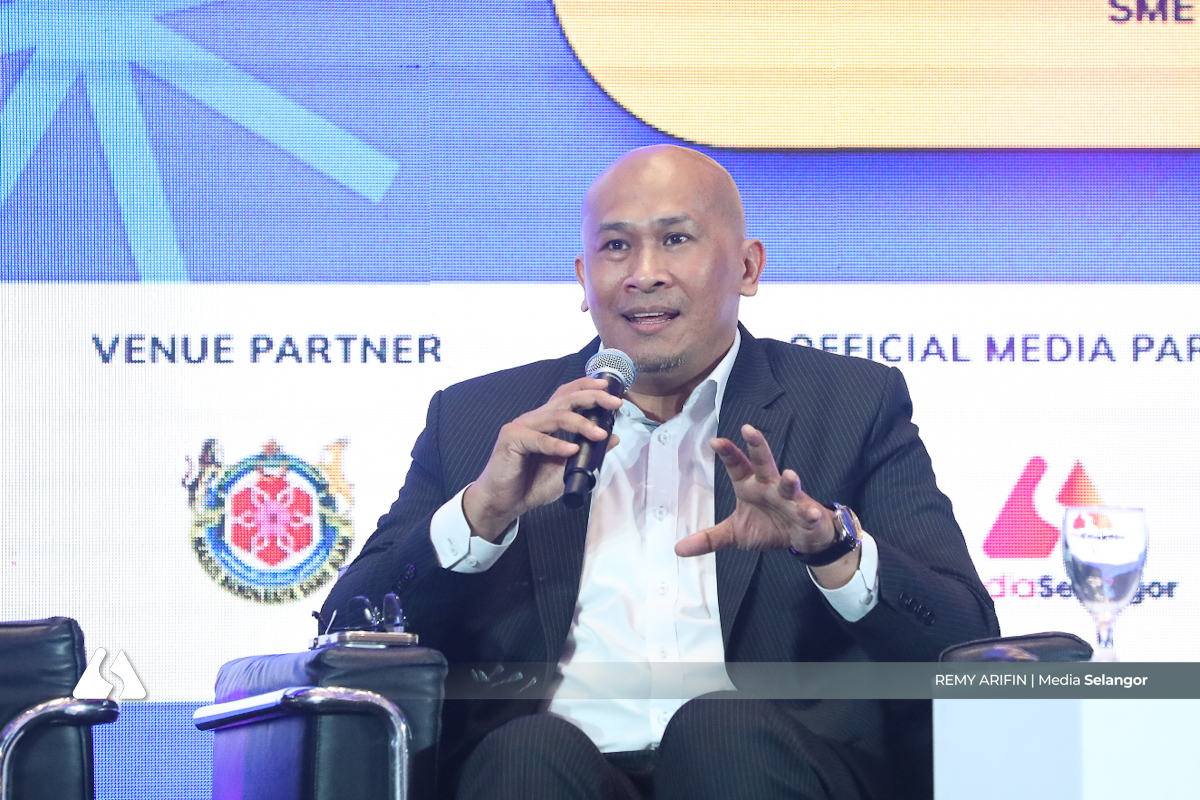
“Perhaps if the creative industries can gather more data, it would alleviate concerns among bankers whenever they assess credit risk,” Afzanizam said.
He added that financing for creative industries typically begins with support from family and friends, before expanding to venture capital, private equity, banks, and eventually the capital markets.
Afzanizam also highlighted "social sukuk”, a form of Islamic bonds referenced in the 13th Malaysia Plan, as a potential funding mechanism to unlock the creative economy’s full potential.
